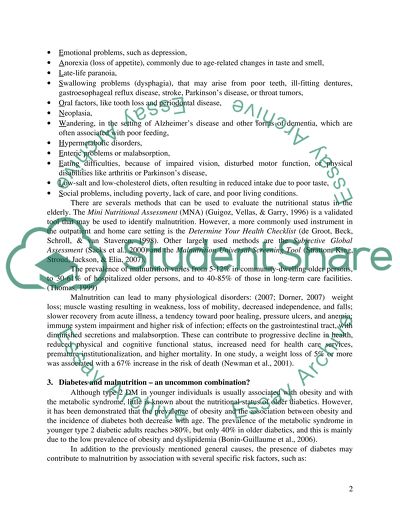Cite this document
(Diabetes Management Of The Elderly Research Paper, n.d.)
Diabetes Management Of The Elderly Research Paper. https://studentshare.org/health-sciences-medicine/1532762-is-nutrition-intervention-an-essential-component-to-the-management-of-diabetes-in-the-elderly
Diabetes Management Of The Elderly Research Paper. https://studentshare.org/health-sciences-medicine/1532762-is-nutrition-intervention-an-essential-component-to-the-management-of-diabetes-in-the-elderly
(Diabetes Management Of The Elderly Research Paper)
Diabetes Management Of The Elderly Research Paper. https://studentshare.org/health-sciences-medicine/1532762-is-nutrition-intervention-an-essential-component-to-the-management-of-diabetes-in-the-elderly.
Diabetes Management Of The Elderly Research Paper. https://studentshare.org/health-sciences-medicine/1532762-is-nutrition-intervention-an-essential-component-to-the-management-of-diabetes-in-the-elderly.
“Diabetes Management Of The Elderly Research Paper”. https://studentshare.org/health-sciences-medicine/1532762-is-nutrition-intervention-an-essential-component-to-the-management-of-diabetes-in-the-elderly.


